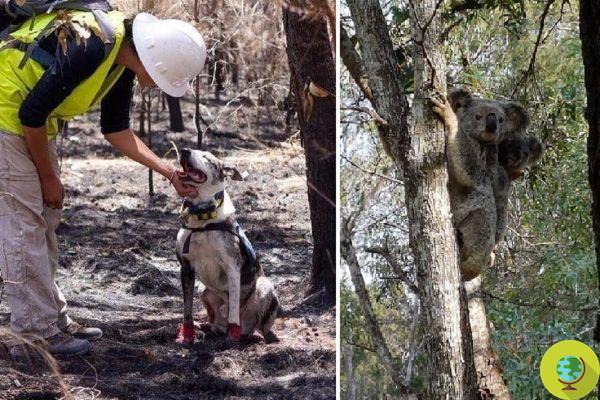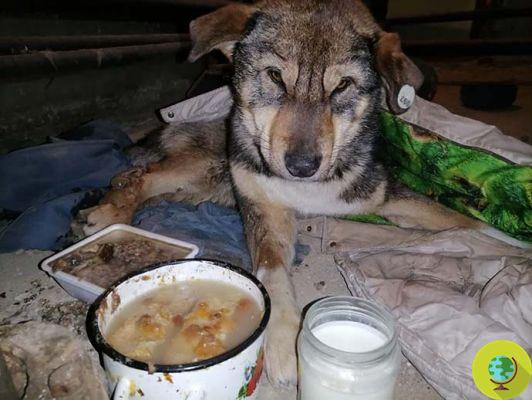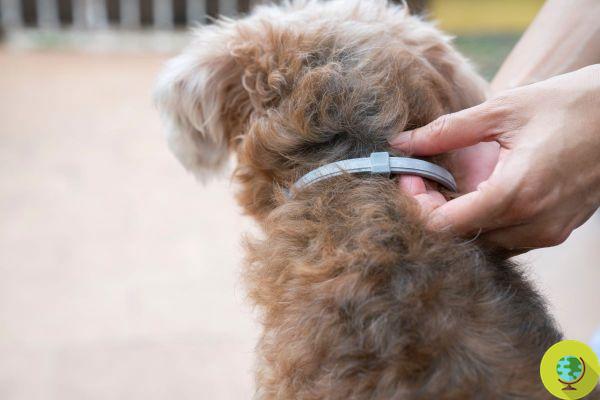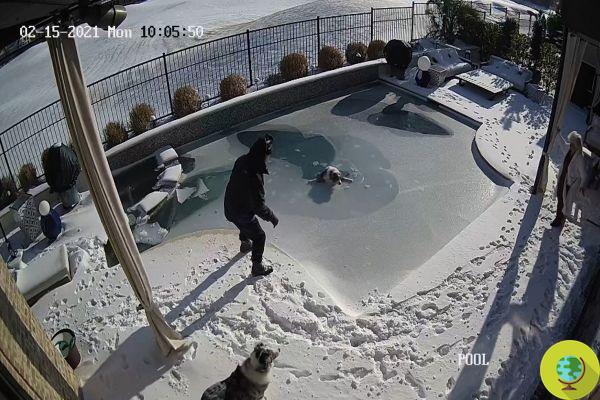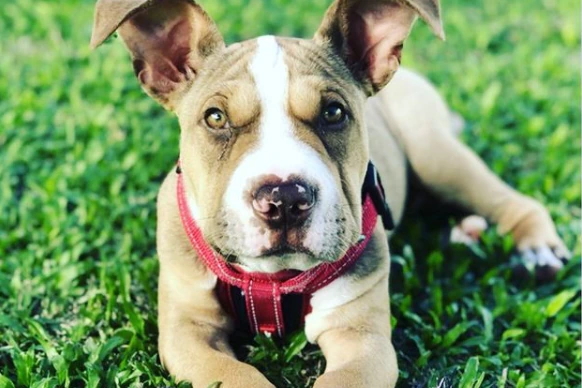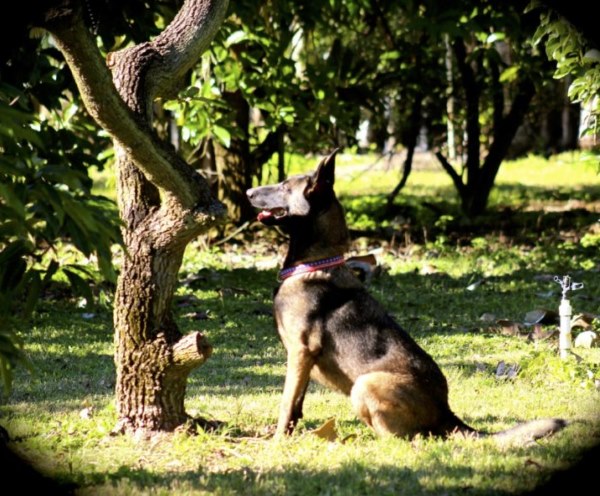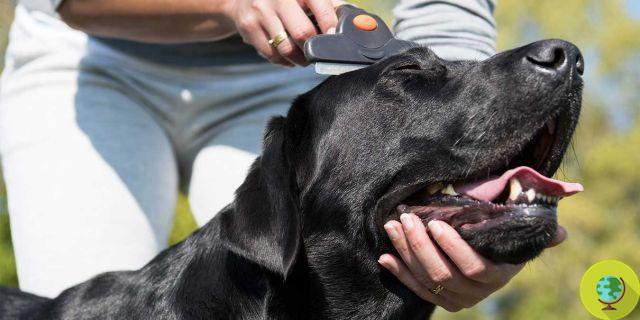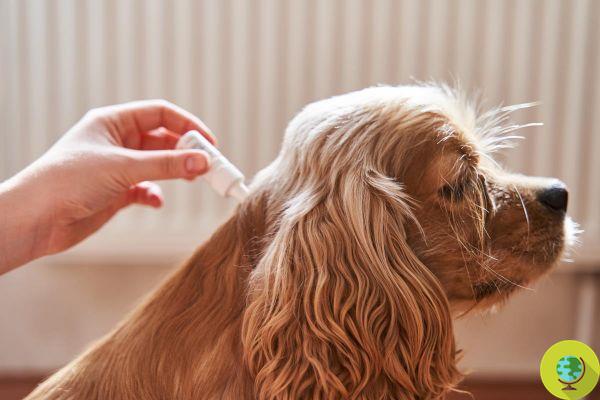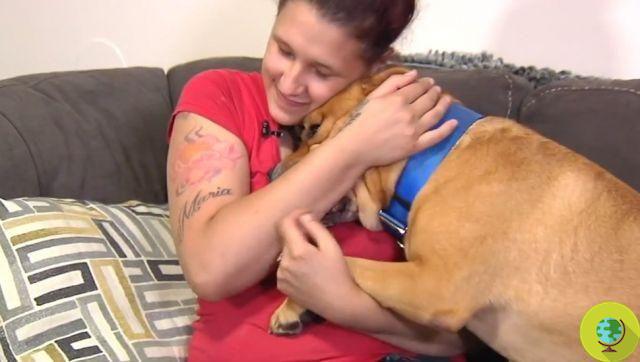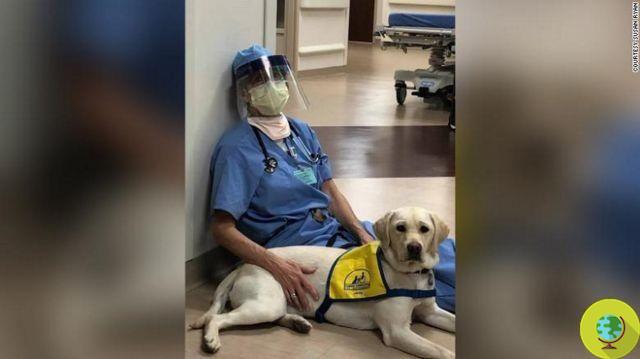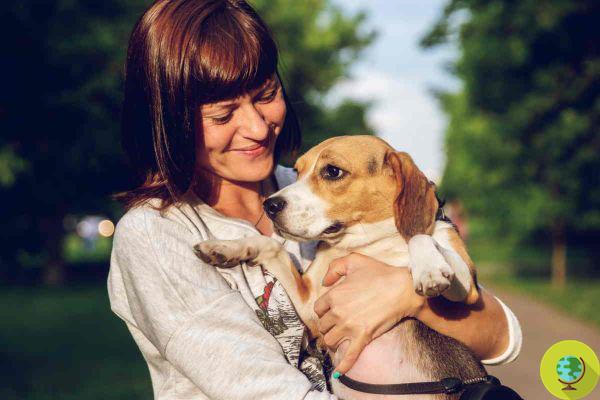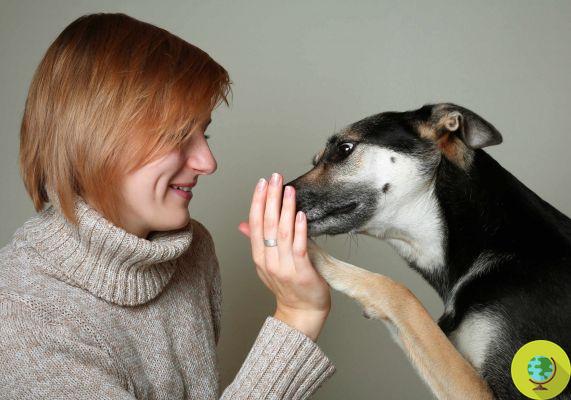
To allow your new four-legged friend to settle in the house you should know the 3-3-3 rule
To allow your new four-legged friend to settle in the house you should know the 3-3-3 rule
Before adopting an animal, some important factors that this choice requires must be taken into consideration. Are we really ready? Do we actually have time available to devote to him for games and care? Do we know your needs? These and many more are the most frequently asked questions.
If you then decide to proceed with the adoption, then you must be aware that there are steps or 3-3-3 rule to be followed to allow the newcomer to quickly adapt to the new environment in which he will live from that moment and to the other members of the family.
After observing the behavior of many dogs in their new adoptive families, the experts came up with one formula to help the new owners with practical and simple advice and facilitate the insertion of our four-legged friend into his new family unit.
The magic formula is as follows: 3-3-3. But what is this 3-3-3 rule and what exactly does it mean?
This is a scheme for monitor your dog's progress as well as your approach in a time frame of 3 months divided into the first 3 days, in the first 3 weeks and finally in the first 3 months. The purpose of the scheme is to explain to owners how to relate to the dog and what goes on in their furry's mind in these three initial periods.
While it takes some practice to use it correctly, here's the formula in detail.
Index
The first 3 days
The first 3 days are almost always the most difficult. No matter how much experience you have accumulated over time or how much space is available to the dog, most adopted pets show a completely different character from their own in the first days.
The dog is in fact shy, withdrawn and frightened even in front of the sweetest of caresses or the most appetizing treat in the world. You have to give him time to overcome his fears, get used to your presence and that of others and gradually acclimatize.
In the first few days it is advisable:
- create a special space for the new dog that it is out of the reach of children and / or other similar people. This space, no matter how large it is, must be comfortable and sheltered as the dog has to feel protected so that he can gradually take courage. Put a comfortable bed and her favorite toys. If she doesn't have any, you can always buy some like balls, puppets, or strings. Better to avoid rattle games as they may scare your new friend even more.
- teach him a routine with fixed meal times and regular walks. Your pet needs to learn how the day goes, without being forced. If he doesn't want to eat or go out on a leash, don't force him, but he tries to bring it back to him always at the same moments.
- don't push him to socialize if you don't want it. Everything has its time and sooner or later it will happen. You will be filled with cuddles and constant play requests when the dog feels ready.
The first 3 weeks
After the initial days you can already feel satisfied because it is in the first 3 weeks that the dog opens up to the family in all its entirety. He is happy to see you, to receive a caress and is ready to play. Show him all your love, but always keep a firm stance even in front of his sweet or sorry big eyes.
The dog must have a solid reference and know who the pack leader is therefore:
- with simple controls as "sitting!" "stopped!" Avoid the more advanced ones, there will be time, and try to keep your voice calm, but composed, without overwhelming your emotions that affect the state of the dog.
- reward him when he really deserves it. Don't abuse treats when you don't need them. If your dog is misbehaving or agitated, using rewards to calm him down will only reinforce the negative behavior and let him know that what he did is right. Prizes must be given sparingly and for a good reason.
- consult a professional if you need more help in educating your dog. A trainer will be able to help you correct what is wrong.
- consistency is the key to success even in the relationship with your dog. Doing the exercises that the educator has given you once in a while will not lead to any results. Training needs consistency: the more you do it, the better.
The first 3 months
After the first month, the relationship with your dog will seem totally different. You have finally established a bond of trust and solid affection and you know you can count on each other, by now feeling part of the same family. From now on:
- continue to love him as you have done so far. Your relationship will deepen as time goes by.
- continue to train him, teaching him new commands and tricks. No matter what age your adopted dog is, learning never ends and even adult dogs can surprise you in this.
- keep him socializing that it is with other humans or others similar and not. The dog needs new stimuli and new realities to explore. Although socializing is the most important moment in most puppies rather than in other ages, having new friends or new adventures can only make your furry happy.
Adopting a dog is one of the most beautiful gestures that can be done, for him and for ourselves. The choice, however, requires awareness because remember: an animal is forever and is more precious than a diamond!
We also recommend:
- All you need to know before adopting a dog to ensure a happy life
- Dog Day: Adopting a furry friend is heart medicine
- Unexpected household noises make your dog stressed and nervous
- Soccer players take to the field with dog puppies to be adopted in Russia





